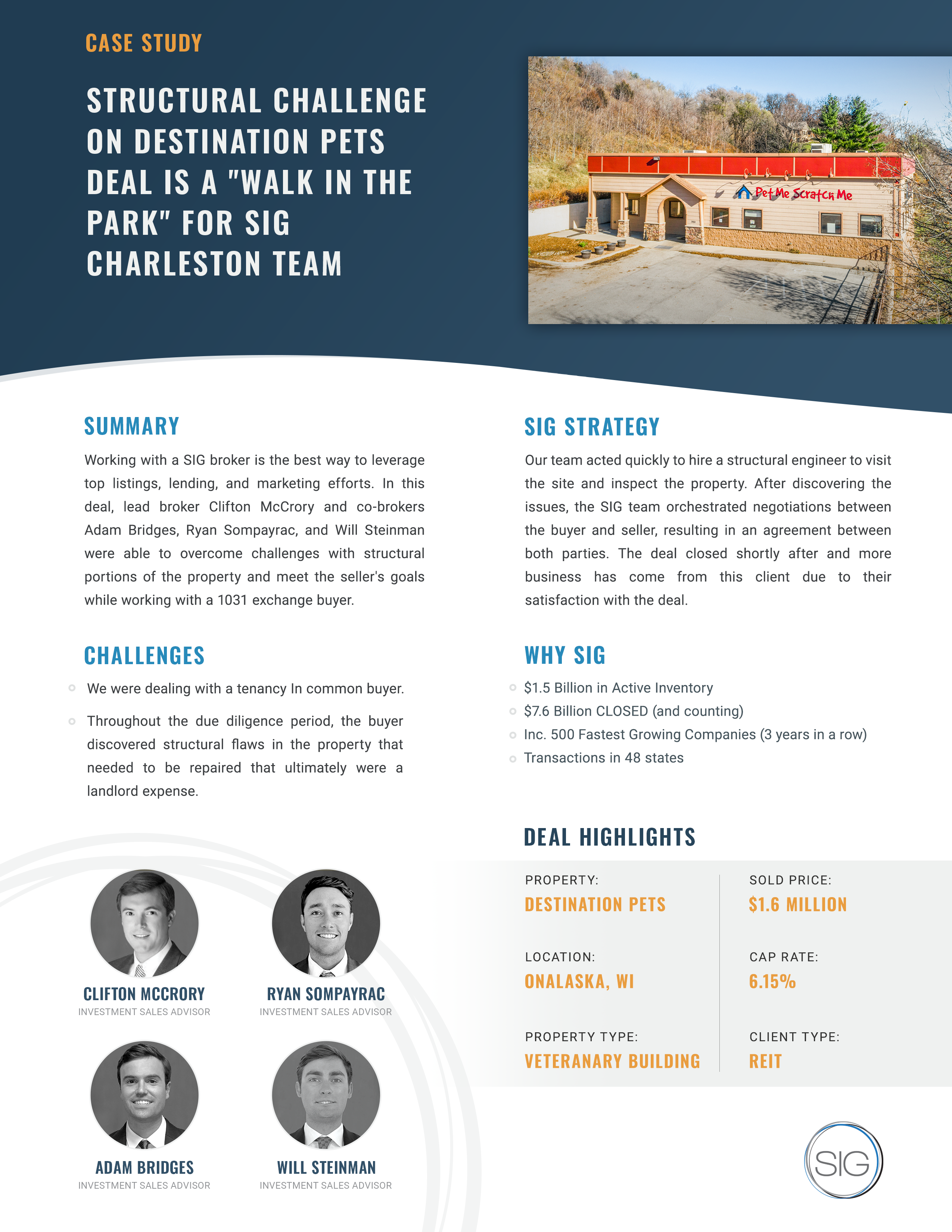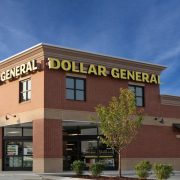Small Business Owner turned Owner-User
What does “owner-user” commercial real estate mean? Are you considering taking that next step with your business or portfolio and investing in commercial real estate? Keep reading to learn why it may be a smart choice for you as a small business owner.
Understanding Owner-User Commercial Real Estate
A commercial real estate property that the owner intends to occupy and operate their business from is commonly called an owner-user property. These properties can be warehouses, office buildings, retail storefronts, and more. Unlike investment properties that are solely for rental income purposes, the distinguishing factor is that the property is for the owner’s operating use, with any additional rental income serving as a bonus.
Let’s say you’re a small business owner who runs a bakery. You’ve been leasing a commercial space for a few years, but now you’re ready to invest in a property that you can operate your business from. You come across a commercial real estate property for sale that was previously a retail storefront. The property is in a great location with high foot traffic, ample parking, and a reasonable asking price. After doing your due diligence and consulting with a commercial investment advisor, you decide to purchase the property and convert it into your bakery. Congratulations, you are now a small business owner with an owner-user commercial real estate investment. Why did you make the decision to purchase instead of lease?
Benefits of Owner- User Property for Small Business
Cost Savings
One of the main advantages of purchasing and investing in a commercial real estate property as an owner-user is the potential for cost savings. Leasing a commercial space means you are subject to rent increases and the landlord’s control over the property. In contrast, owning the property allows you to control your costs, avoid rent hikes, and enjoy long-term stability. Additionally, when you purchase your property, you can build equity over time instead of paying rent to a landlord.
Commercial owners can also benefit financially by deducting the interest on a commercial real estate loan or writing off other building-related expenses and investment on their taxes.
Customization
Owning your own commercial real estate that you operate out of also means you have the ability to customize the space to suit your business’s unique needs. When you lease a commercial space, you may be limited in your ability to change the property. On the other hand, owning the property gives you greater control over the space’s design, and modifications. As an owner you also increase equity on any improvements you make to the property.
Stable Location
When leasing, landlords can decide to sell or increase rent causing potential disruptions in your business, budget or even potentially forcing you to relocate. When you operate as an owner-user, you ensure stability and maintain control of your business and location, allowing you to focus on variables outside of your control that will help you grow.
Financing Opportunities
Finally, being an owner-user will often help secure more favorable financing opportunities than investment properties. Since the property is for the owner’s use, lenders often view the tenancy as more secure and therefore a more stable investment and are able to offer better financing terms. Additionally, operators of owner-user property may be eligible for government-sponsored programs that can provide favorable financing terms.
If you’re interested in investing in an owner-user property for your small business, reach out to Sands Investment Group, a leading real estate brokerage firm specializing in commercial real estate investments. Our experienced agents can help you find the right owner-user property that fits your unique needs and can provide long-term stability and financial benefits. Contact SIG today to learn how we can help you make the right investment decision for your business.
















